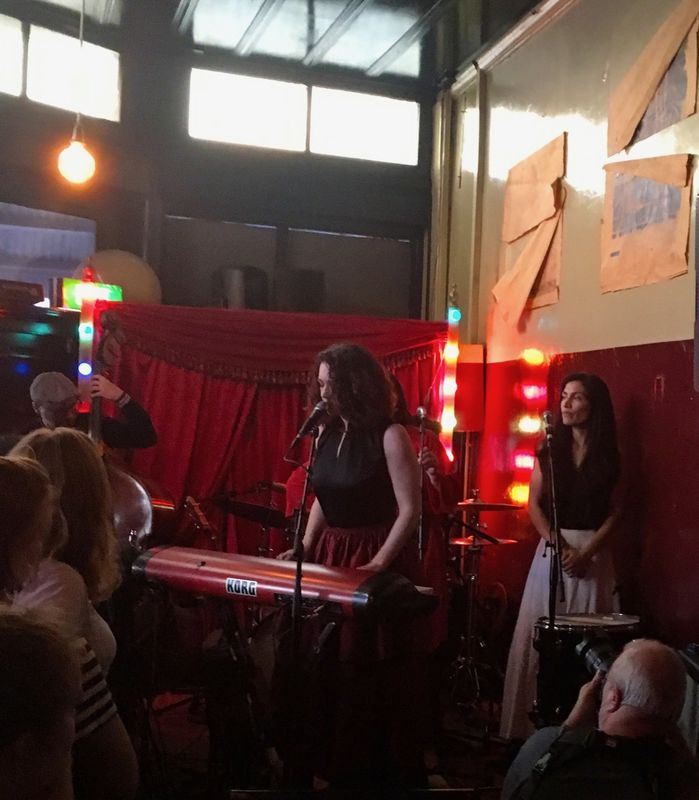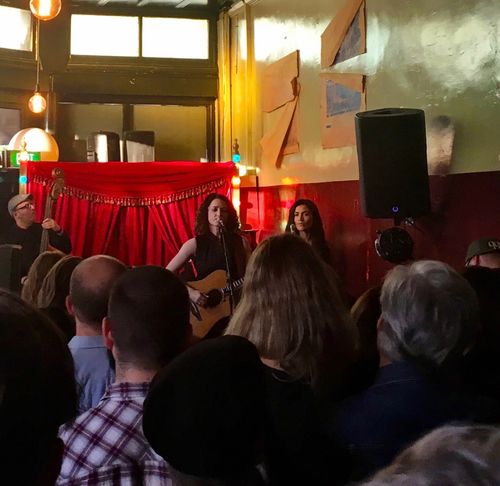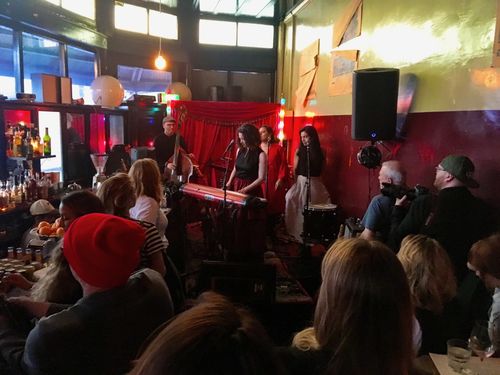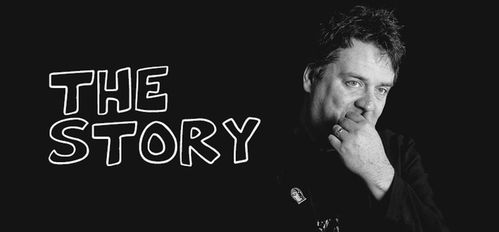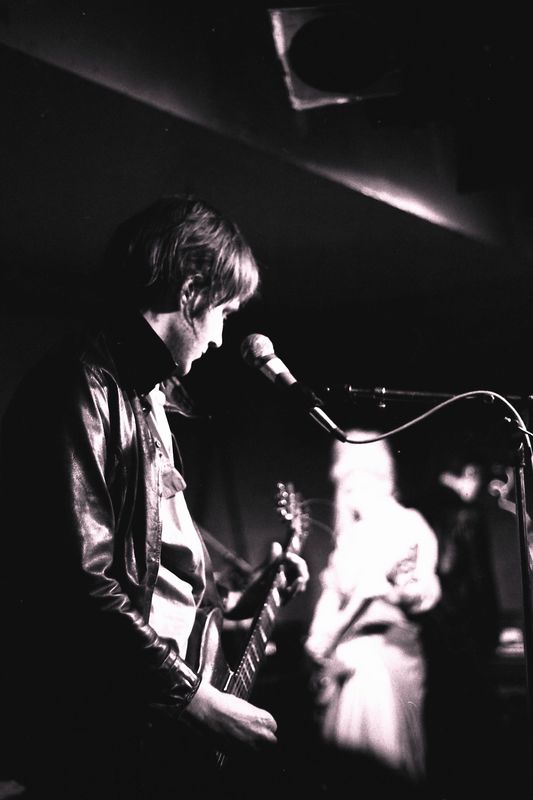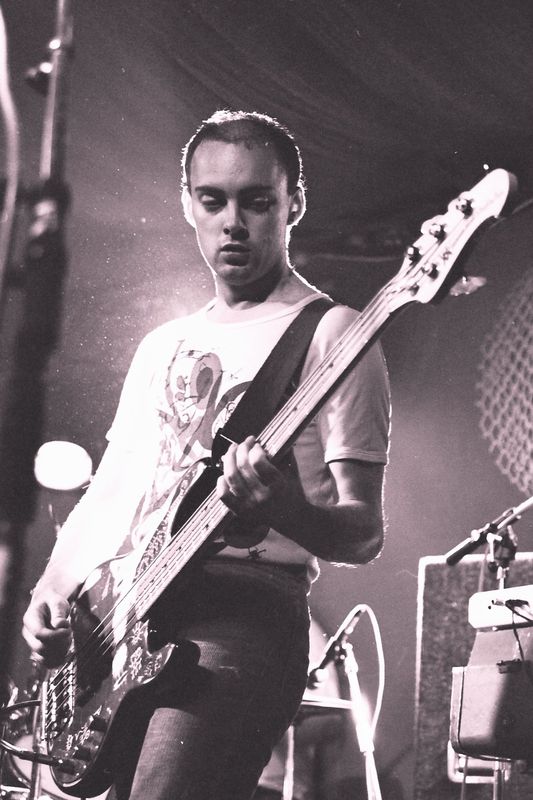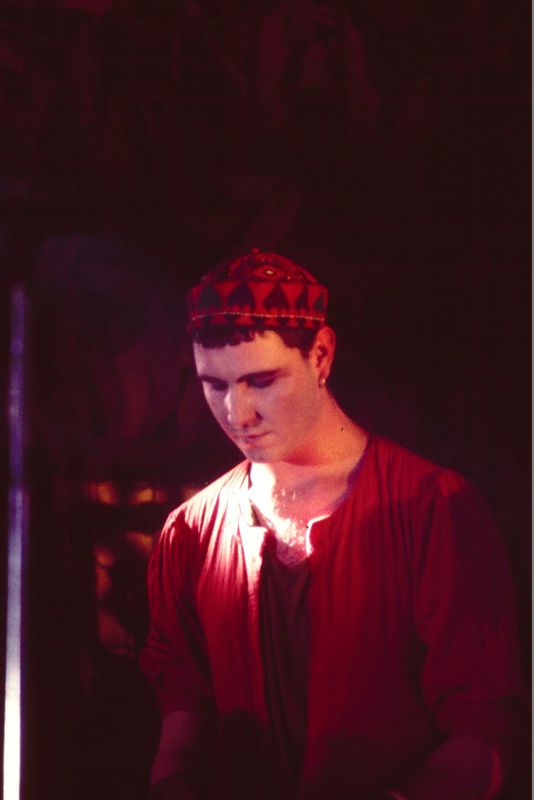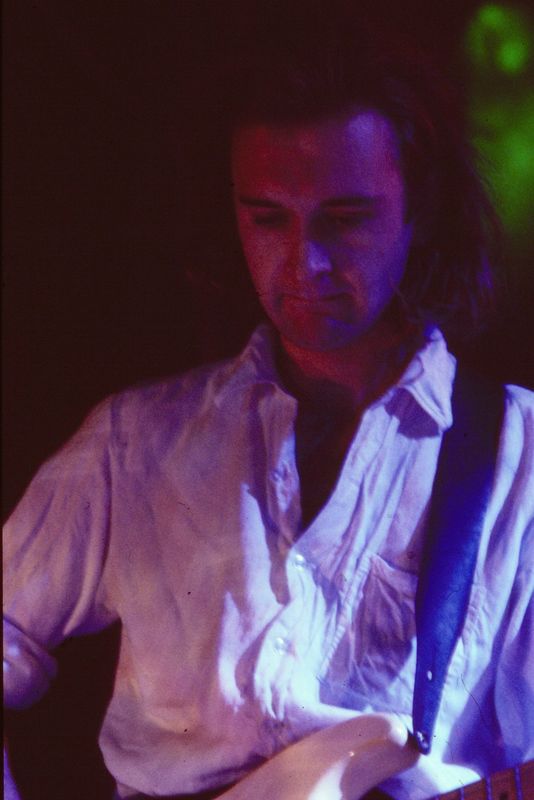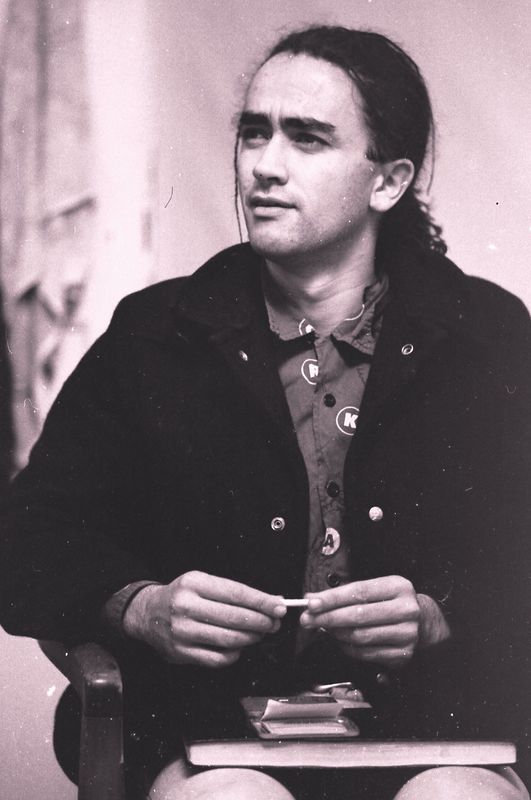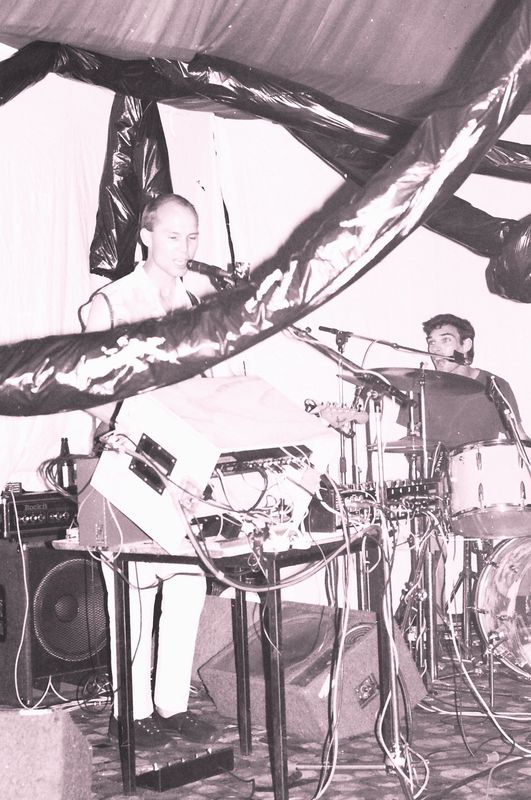New Zealand's not-really-all-that-lengthy coalition negotiations were conducted with a degree of discretion that meant there were few tidbits for an increasingly frazzled press gallery to bring to a probably less frazzled public. But one thing we did learn was significant: that almost all the haggling was over policy, not political favour.
That, I think, is the best way to understand what took place at the end of a long day yesterday. Winston Peters, it transpired, could not countenance mere tinkering in place of the change called for in his own party's manifesto and those of the Labour and Green parties.
Politics, if anything, pulled the other way. National, the party with a plurality of votes, will form a formidable Opposition. No party has led a governing coalition without the comfort of a plurality. It's going to take some doing.
More so, given that the fiscal constraints Jacinda Ardern's Labour Party set itself do not offer much room to move in the next three years. This does not mean, per the fatuous suggestion of Matthew Hooton on RNZ this week, that Labour will be forced to practice "austerity". A party that has budgeted for significant increases in social spending, health services and homebuilding is not practising austerity.
But it is walking a very tight line – to the extent that had Peters chosen otherwise, Ardern and her party could have properly consoled themselves that three years as a strangthening Opposition wasn't entirely a bad prospect.
But that would have left the raft of policy problems I wrote about two days before the election unresolved. An under-resourced and increasingly chaotic health system would have lurched on, transport policy would have become even more wrong-headed, housing solutions remained half-hearted and people in need been asked keep waiting until the economy somehow delivered them from their predicament.
It might seem – and indeed it is – unfair that Peters' party will enjoy four seats in Cabinet while the more talented Green caucus gets none. But on face value, the Greens have achieved a great deal on policy. Climate action, special education funding, new budget for water quality initiatives along with stronger regulation – and, most significantly, reform of the welfare system to make it less punitive. That last is the legacy of Metiria Turei.
The Greens have also won something no one saw coming: a referendum on cannabis legalisation within this Parliamentary term. If a string of polls in recent years are even remotely accurate, that will mean historic reform of cannabis law with the bonus of a clear public mandate. The Greens also say they've won increased funding for drug and alcohol services and a further assurance that "drug use is treated as a health issue".
There's no specific mention of medical cannabis, but Julie Anne Genter's members bill would seem to have better prospects than if she had been championing it from outside government. I'd like to see Genter – like Anderton and Dunne before her – take the Associate Health role that the last few governments have farmed out to support parties. (Mind you, I'd like to see her in a Transport role, too.) At any rate, it seems certain that this will be the most significant three years for drug policy of any term in Parliamentary history.
The new Prime Minister, Jacinda Ardern, has managed this policy process with the Greens at the same time as she has managed a separate one with New Zealand First, which refused to deal directly with the Greens. That she seems to have conducted those two processes amicably and effectively speaks of great political skill.
Demands on that skill will, if anything, only increase. Labour has won the chance not only to run a government for three years, but to enact some profound change. It won't be easy. But I do think it will be better.
